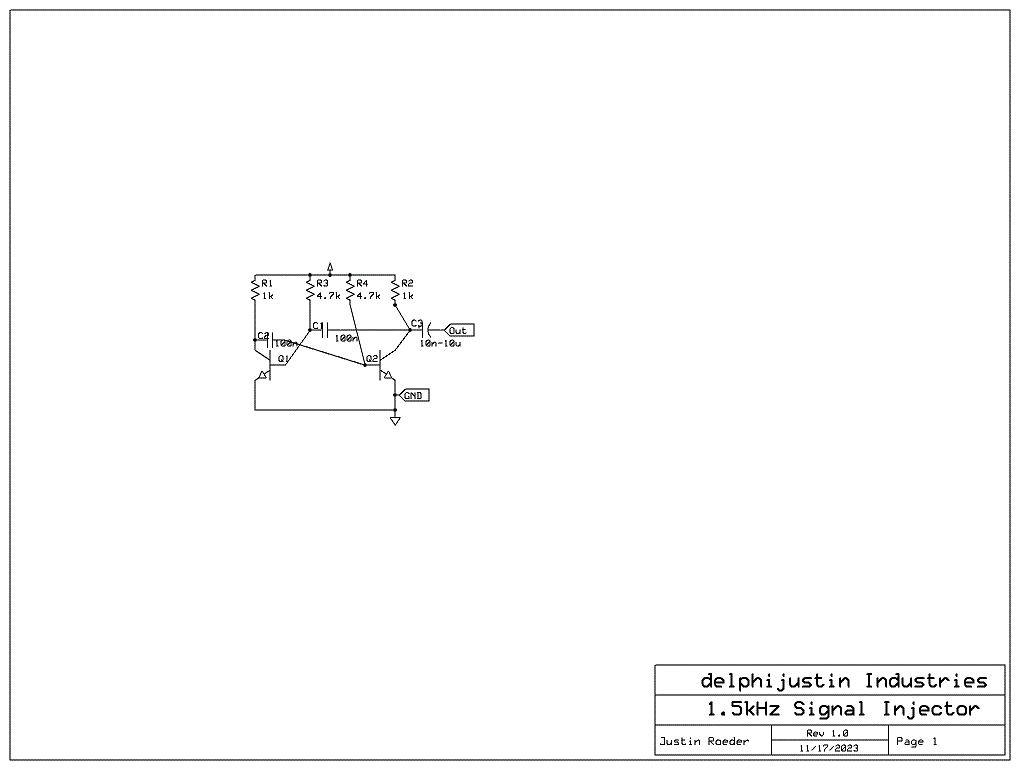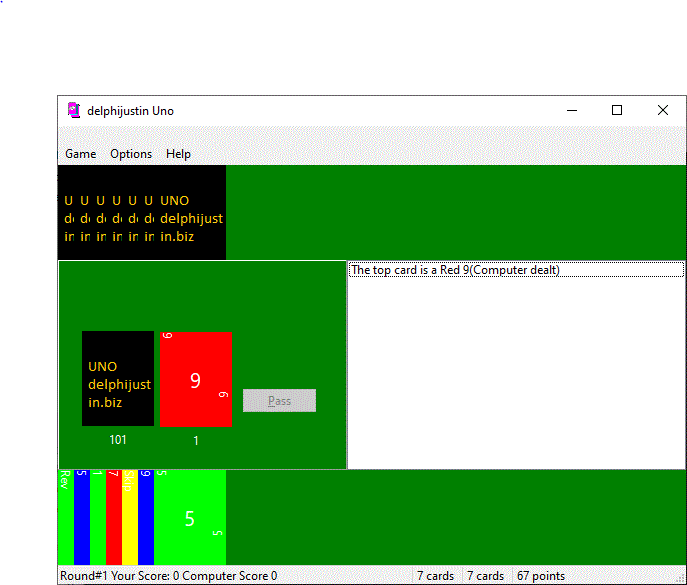This program allows you to wire up a 2-digit Binary clock, Digital clock or both. It uses inpout32.dll file to output the time on the data register. I used a rj45 to db25 male module to make connection to my parallel port and the clock. There are 8 wires (9 if you want the hour and minute indicator). RJ45 has 8-pins so it works.
System Requirements
Windows 2000 or higher (32-bit Windows recommended)
A parallel port that supports the registers (most USB adaptors do not support it, they only support printers)
















